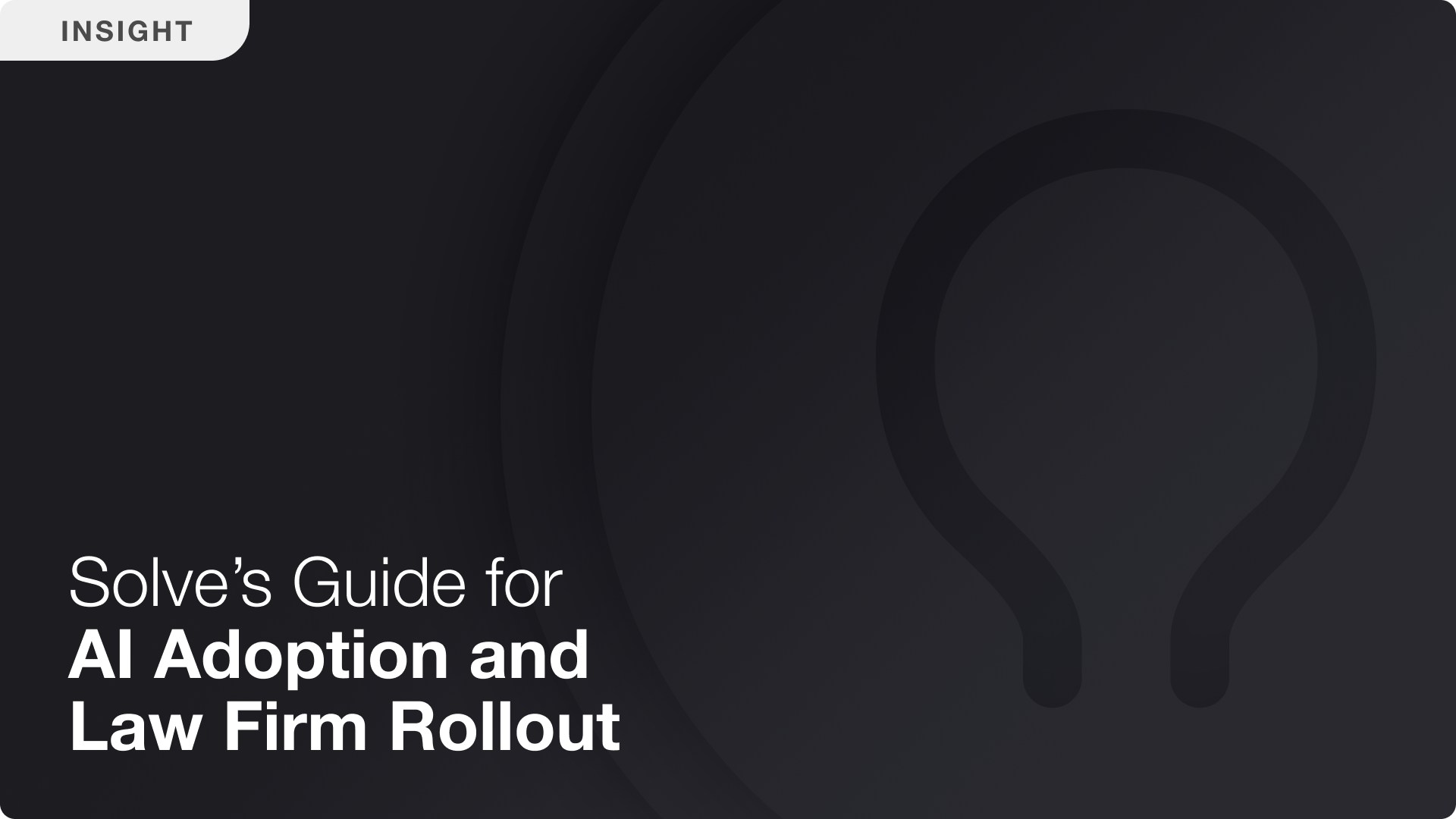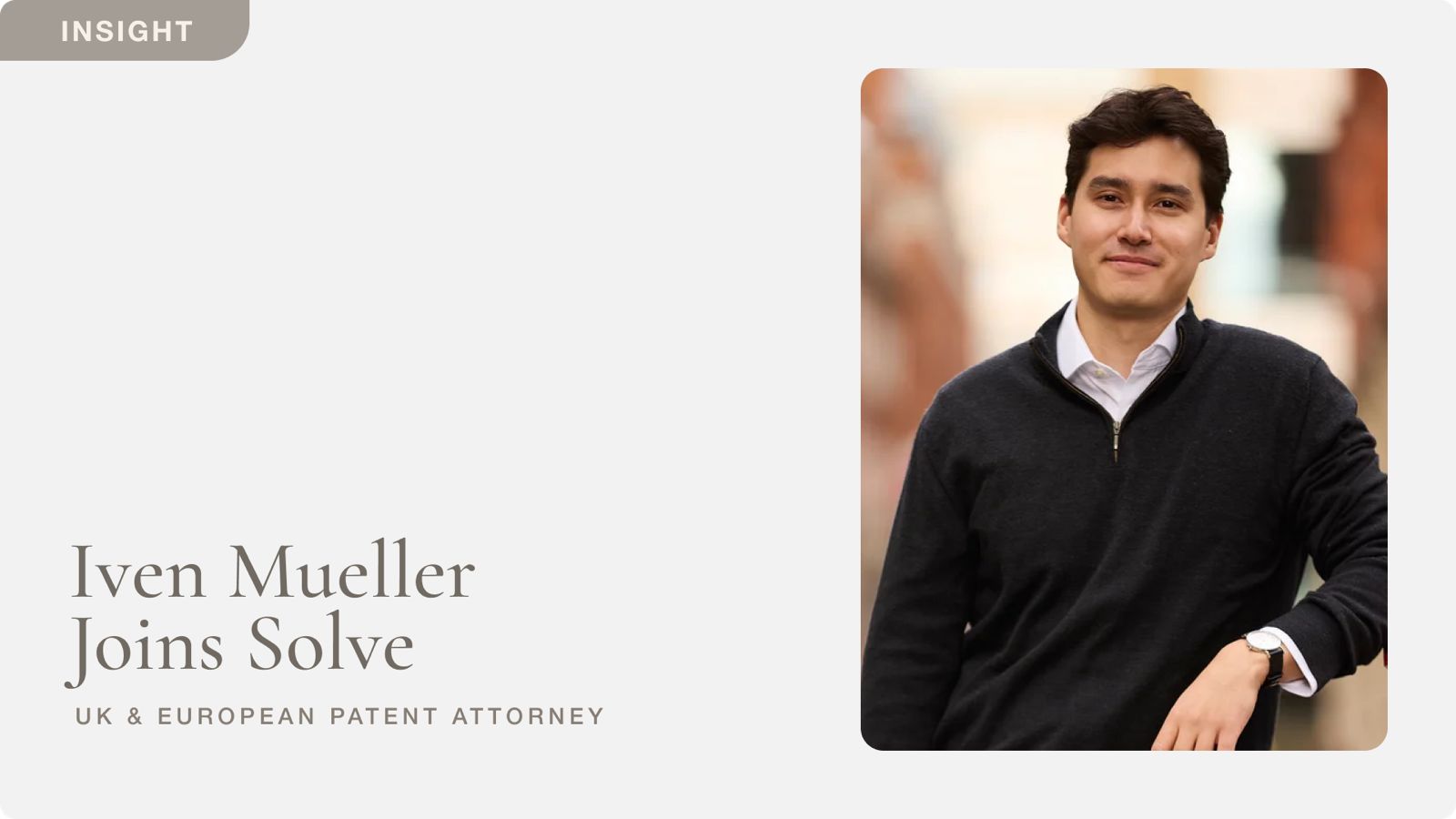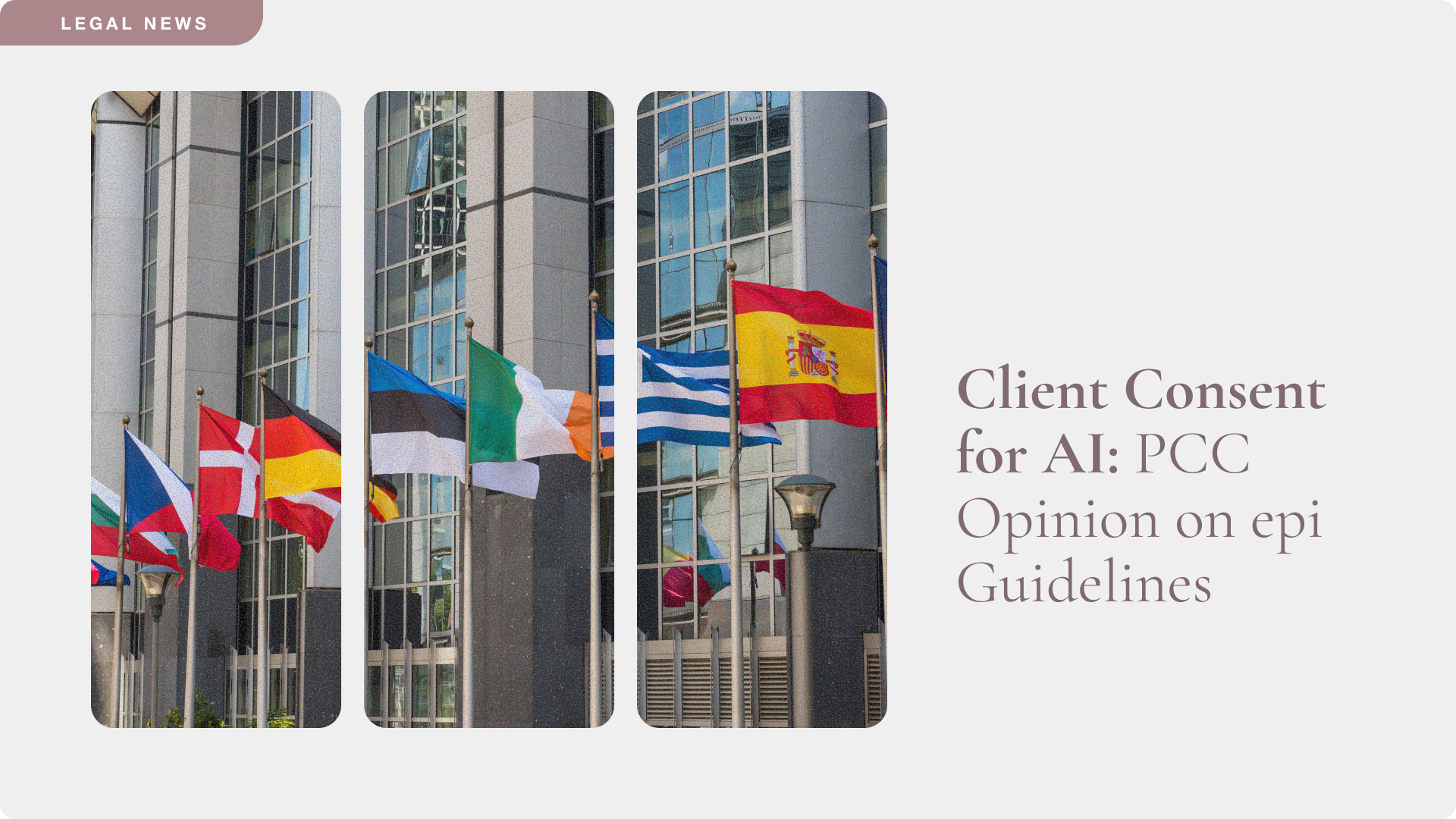G1/23: Marketed Products Are Prior Art
The Enlarged Board of Appeal issued its decision in G1/23 on July 2, 2025, addressing whether products put on the market before a patent filing date form part of the prior art when their composition or internal structure cannot be reproduced by the skilled person.

The Three Questions Referred
The referral arose from divergent case law on whether a product's non-reproducibility should exclude it from the state of the art. To resolve this inconsistency, the following questions were referred:
Question 1: Is a product put on the market before the date of filing of a European patent application to be excluded from the state of the art within the meaning of Article 54(2) EPC for the sole reason that its composition or internal structure could not be analysed and reproduced without undue burden by the skilled person before that date?
Question 2: If the answer to question 1 is no, is technical information about said product which was made available to the public before the filing date (e.g. by publication of technical brochure, non-patent or patent literature) state of the art within the meaning of Article 54(2) EPC, irrespective of whether the composition or internal structure of the product could be analysed and reproduced without undue burden by the skilled person before that date?
Question 3: If the answer to question 1 is yes or the answer to question 2 is no, which criteria are to be applied in order to determine whether or not the composition or internal structure of the product could be analysed and reproduced without undue burden within the meaning of opinion G 1/92? In particular, is it required that the composition and internal structure of the product be fully analysable and identically reproducible?
The Three Answers
Answer to Question 1: No. A product put on the market before the date of filing of a European patent application cannot be excluded from the state of the art within the meaning of Article 54(2) EPC for the sole reason that its composition or internal structure could not be analysed and reproduced by the skilled person before that date.
Answer to Question 2: Yes. Technical information about such a product which was made available to the public before the filing date forms part of the state of the art within the meaning of Article 54(2) EPC, irrespective of whether the skilled person could analyse and reproduce the product and its composition or internal structure before that date.
Answer to Question 3: In view of the answers to Questions 1 and 2, an answer is not required.
The Board examined what would happen if non-reproducible products were excluded from the prior art. They found this would lead to an absurd result: if products that cannot be reproduced were not prior art, then skilled persons could not rely on any starting materials, since all materials ultimately come from sources that cannot be reproduced from scratch. This chain of reasoning would empty the state of the art entirely.
What This Means
The Enlarged Board has effectively established what amounts to an on-sale bar at the EPO. Products put on the market are prior art, regardless of whether their composition is secret or whether they can be reverse-engineered. This means that any product sold or made publicly available before the priority date is prior art, along with all its analysable properties and any technical documentation about the product.
G1/23 clarifies that public availability determines prior art status, not reproducibility. The decision removes the legal fiction that commercially available products do not form part of the state of the art, and aligns EPO practice with commercial reality by confirming that products available to skilled persons cannot be excluded from patentability assessments solely because their composition or manufacturing method cannot be reproduced.
AI for patents.
Be 50%+ more productive. Join thousands of legal professionals around the World using Solve’s Patent Copilot™ for drafting, prosecution, invention harvesting, and more.



.png)
